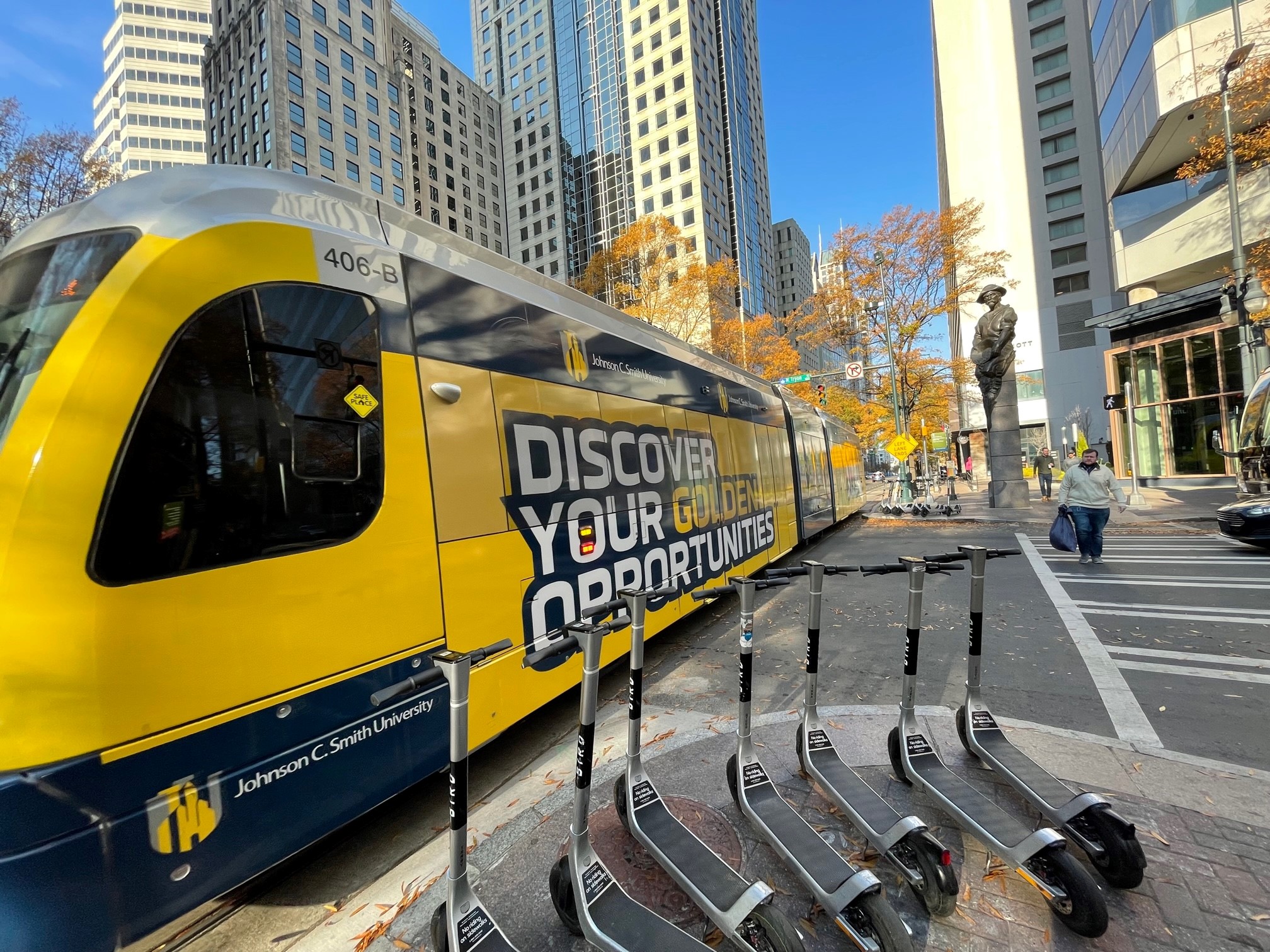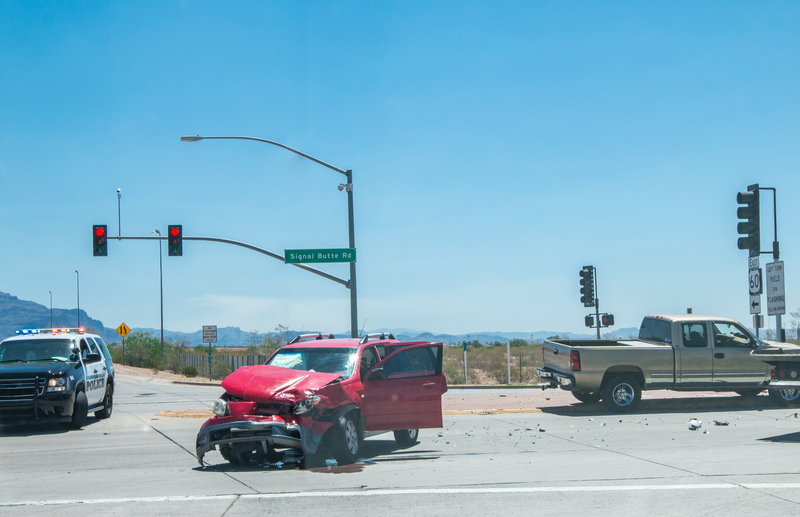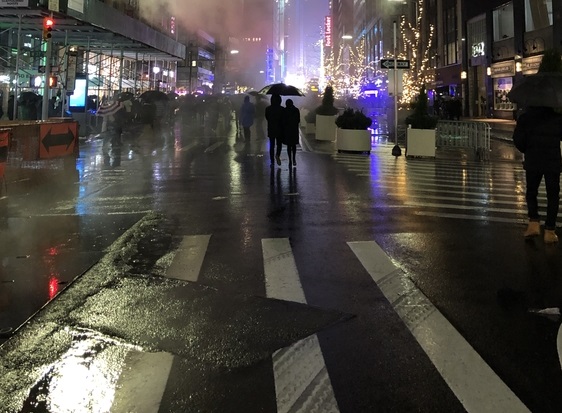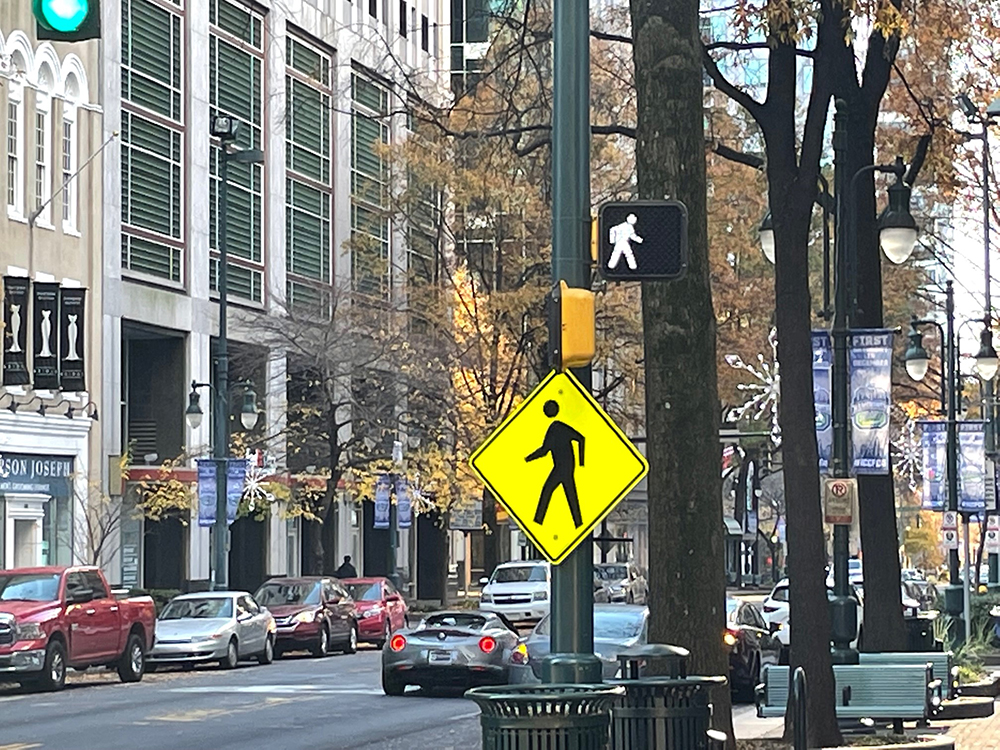
Traffic fatality statistics continue to make grim reading in the US. The National Highway Traffic Safety Administration (NHTSA) estimated that 9,560 people died in motor vehicle crashes in the first three months of 2022 – up 7% from 2021 and the highest number of deaths between January and March in 20 years. First quarter roadway fatalities have jumped 42% since 2011, and the death rate measured by vehicle miles travelled has risen 30% over the same period. It’s a depressing trend: NHTSA reported that 42,915 people died on the roads in 2021 - an average of 117 deaths every day and the most since 2005. The country is already dangerously close to a third straight year-on-year rise in fatalities. The Governors Highway Safety Association has expressed concern that these Groundhog Day statistics may lead to increasing desensitisation.
But not everyone believes the deaths are inevitable. To take one example, authorities in Charlotte, North Carolina, have pledged to “eliminate traffic deaths and serious injuries for all who share” its streets by 2040.
The city’s recent ‘blueprint for safe and equitable mobility’ provides an interesting snapshot into nitty-gritty responses to the ongoing problems on US roads. In essence, the Charlotte Strategic Mobility Plan foregrounds Vision Zero principles. The preamble to the new plan explains that this means “protecting human lives takes priority over all other objectives of our road system. It requires the belief that traffic deaths and severe injuries are preventable and unacceptable and our streets should be designed so mistakes are not fatal.” Admirable though this is, there is clearly plenty of work to do. While the total number of vehicle crashes has fallen, there were still 72 deaths on Charlotte’s streets in 2021. In the years from 2017-21, people walking and biking were involved in less than 3% of all crashes, but accounted for over 40% of fatalities.
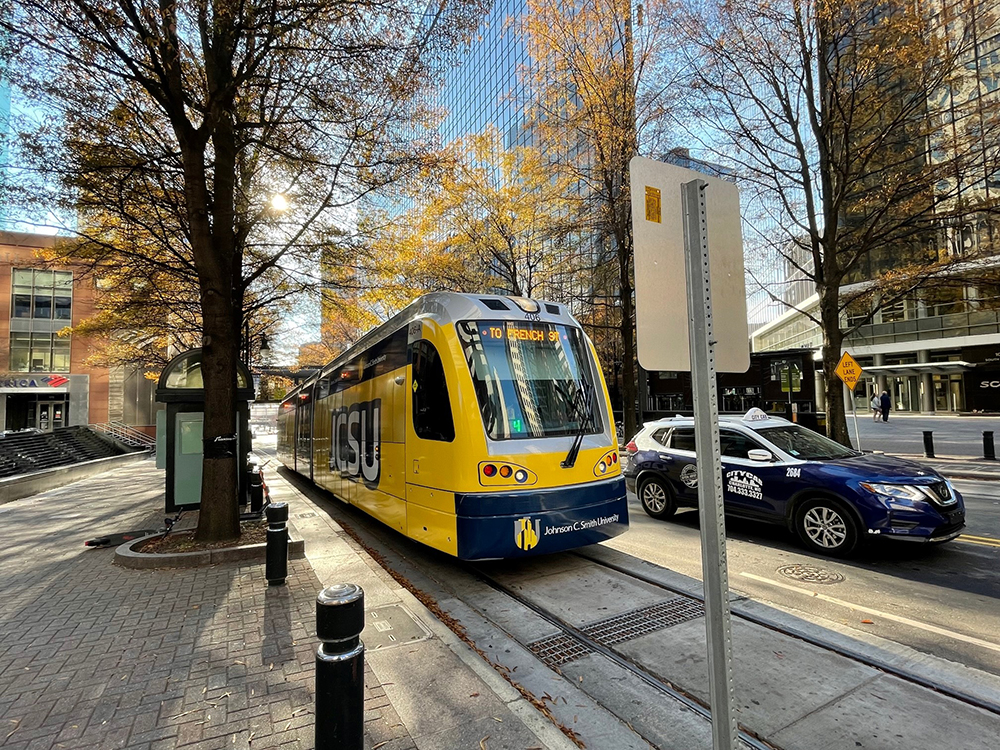
All of the city’s fatalities and serious injuries occur on just 10% of Charlotte’s streets, with speeding accounting for 44% of all traffic fatalities.
“This disproportionate share of fatalities by mode amplifies the need to re-evaluate our streets to account for all users,” the mobility plan insists.
In response, Charlotte has created “a variety of safe ways for people to move around the city and connect with each other by upgrading intersections, adding more bike lanes, and building additional sidewalks”.
It also wants half of all commutes to be made by walking, biking and transit rather than a single-occupancy vehicle (SOV) by 2040 – although it says this “can only be accomplished through the committed coordination and partnership of all community stakeholders that influence mobility”.
Infrastructure investment requires “partnership and funding at the federal, state, regional and local levels… Residents will also need to support continued investment in our mobility infrastructure and embrace new ways of travel”.
For context, the new plan points out that Charlotte has been one of the fastest-growing cities in the US over the past decade, “adding close to 200,000 additional drivers, pedestrians, bicyclists, and transit riders to our streets”.
Drivers drove over 23 million miles daily on city streets, it adds, “up nearly a million miles from the year before”.
Growth forecasts predict an additional 385,000 people and 212,000 jobs will come to Charlotte over the next 20 years – which means the mobility and transport status quo is not an option: just to maintain current travel times and congestion levels, “we must significantly reduce the percentage of trips made by SOV and increase the percentage of trips made by walking, biking and taking transit”.
A tall order, maybe, but Charlotte at least is a city with a plan.



